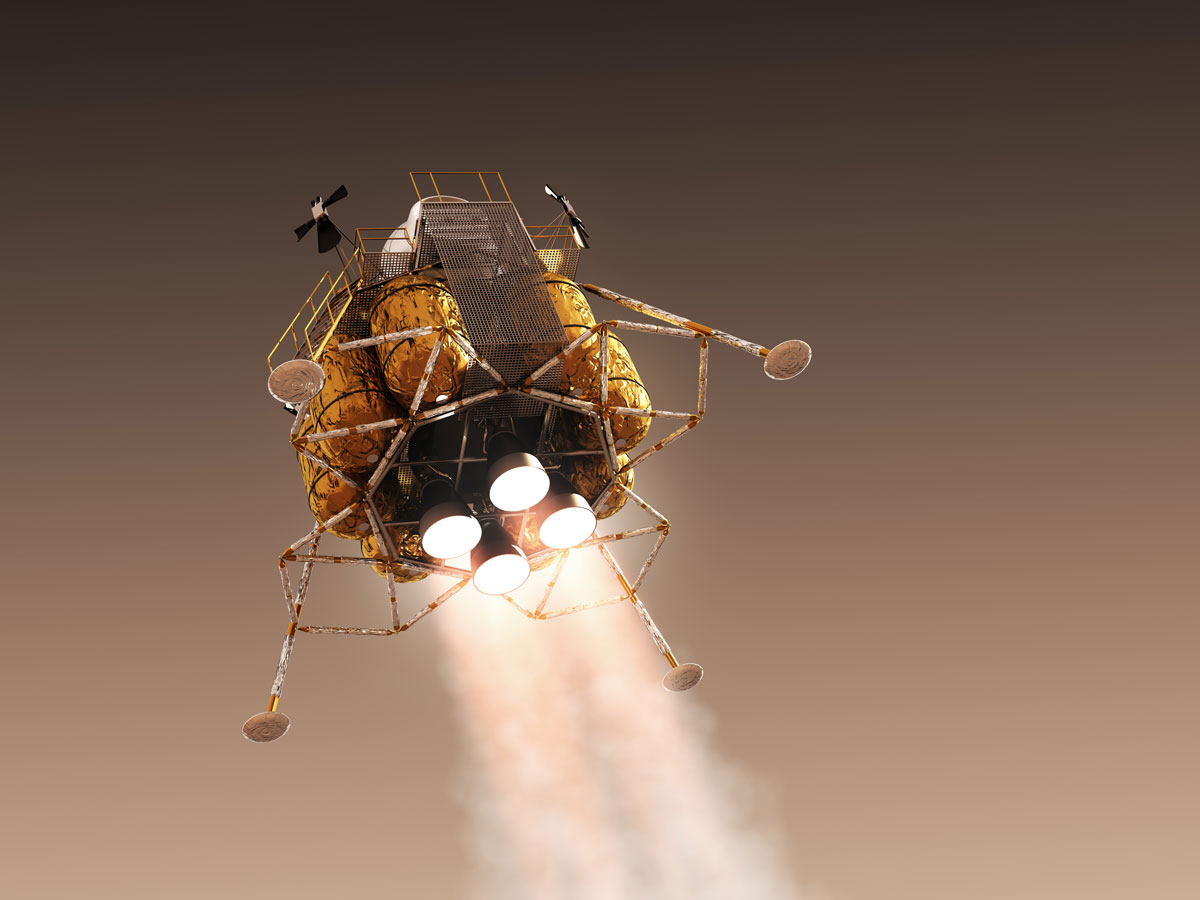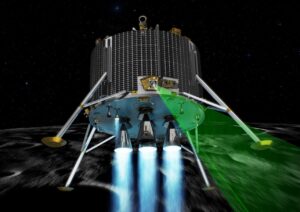Future planetary exploration missions will require a Hazard Detection and Avoidance (HDA) capability and the ability to achieve precision landing. With that in mind, NGC provides Lander Guidance, Navigation and Control (LGNC) autonomy-enabling solutions embedding HDA and optical navigation and supporting cruise, de-orbiting, descent and touchdown phases.
NGC has wide experience in the design, implementation and validation of autonomous Lander Guidance, Navigation and Control (LGNC) systems, including:
- State estimation (optical, IMU, radar, star tracker)
- Real-time trajectory optimisation
- Trajectory/attitude control
Of particular interest is its compatibility with precision landing and HDA subsystems. Its architecture and reference operational scenarios have been designed from the start with camera-based and Lidar-based systems interfaces, limitations and constraints in mind.
A by-product of NGC’s LGNC expertise is the ability to trade off and optimize descent and landing strategies and trajectories to minimize propellant consumption. It takes into account navigation operational constraints, lander capabilities, HDA observation constraints and last minute hazard avoidance capabilities. The designed strategy and trajectory are required to support system-level design activities and serve as reference states for LGNC during the actual braking.



